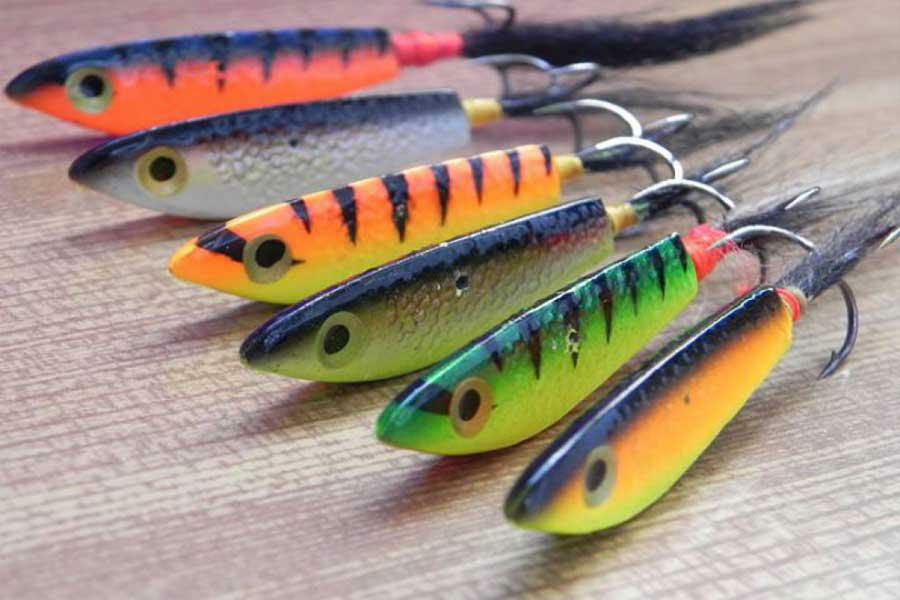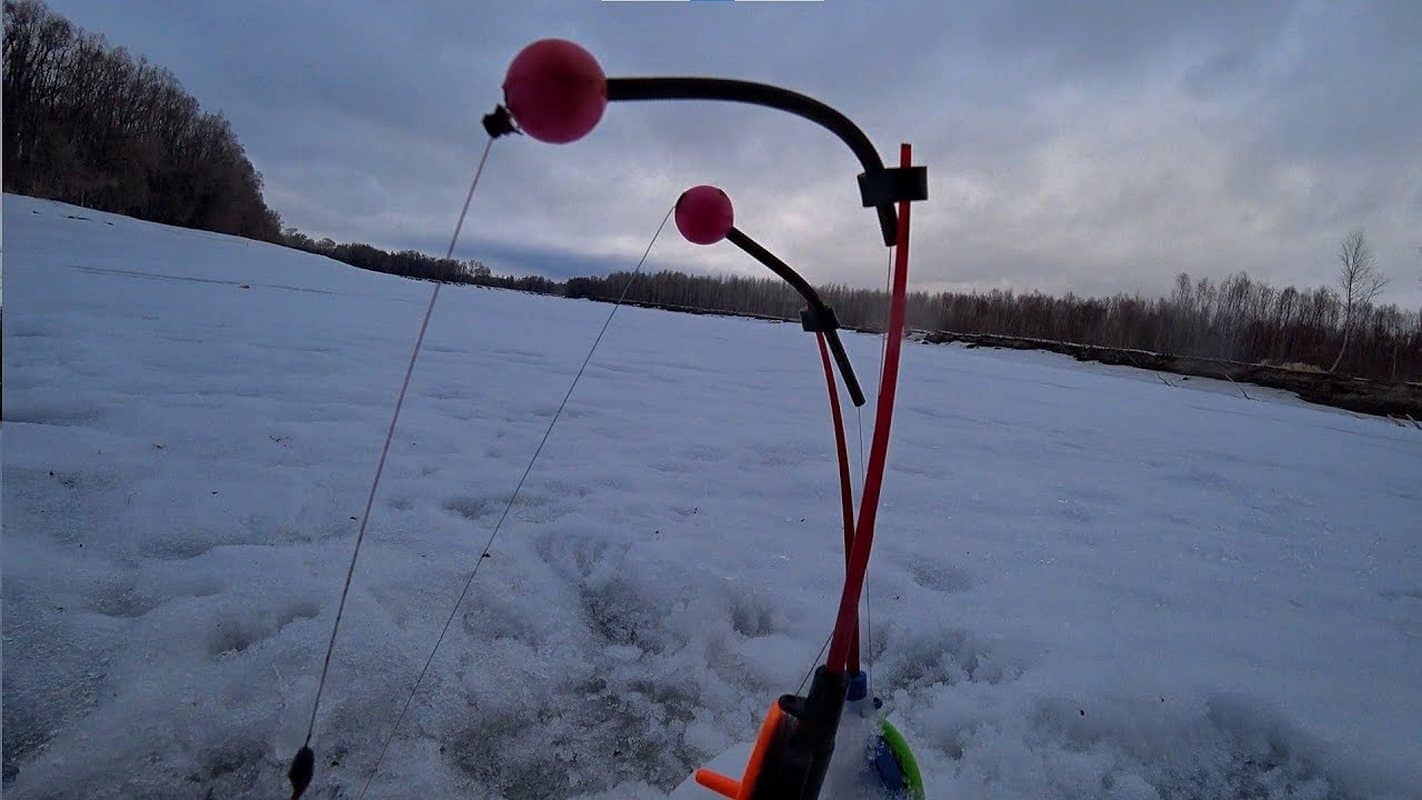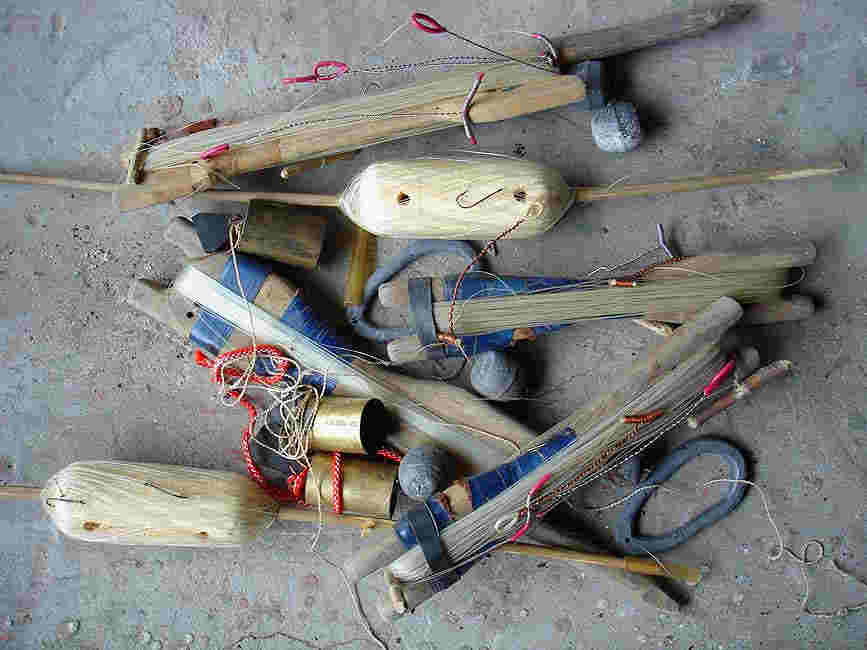Fishing with an amphibious fish is not the most popular way of fishing for predatory fish, but with the proper skills it is no less successful than fishing with a spoon and balancer.
- What kind of bait is this amphipod, its structure, what is its peculiarity
- What types of amphipods does the market offer
- TOP of the best purchased models of amphibians for fishing
- Lucky john ossa
- Fishing ROI
- Wasp Katran
- How to make a do-it-yourself amphip
- Mounting tackle for amphipod
- How to tie the amphibian to the tackle correctly
- How to fish on amphipods in winter – posting, fishing for zander and other fish
- General rules and features
- How to play amphibious
- Catching walleye
- Catching perch
- Pike fishing
- Catching bersh
- How to fish with amphipods in summer-autumn-spring in open water
- Поделиться ссылкой:
What kind of bait is this amphipod, its structure, what is its peculiarity
Bokoplav is an artificial bait that looks like a small fish. During the posting, in the process of movement, it falls on one side or the other. This behavior is attractive to predators, resembling the habits of their prey. Anglers use amphibious lures for winter fishing through holes or summer fishing from a boat in a plumb line.
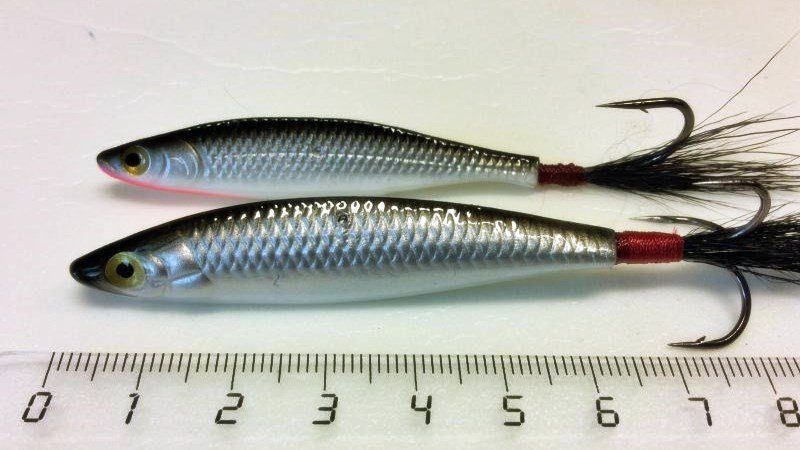

What types of amphipods does the market offer
Various types of amphipods are used:
- Depending on the manufacturing method, they can be brazed or cast . The former use paint with metallic shades, while the latter use a wide variety of colors ..
- In the tail section , a triple hook is most often used, but variants with a single hook are also used. Some fishermen attach their hooks additionally, but this usually impairs the game of the bait.
- A distinction is also made between symmetrical and asymmetrical amphipods . The first of these is considered to be the classic variety.
There are amphipods of various shapes and colors. They are chosen in such a way that the bait mimics the food of a predator. Color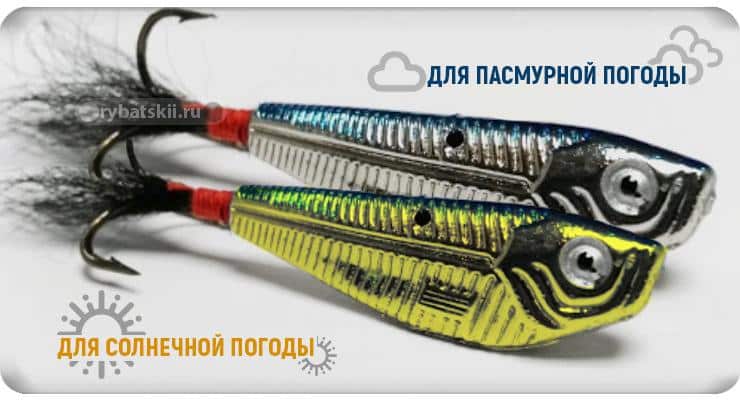
TOP of the best purchased models of amphibians for fishing
You can purchase an amphibian by choosing a quality model. Manufacturers provide a significant selection of such baits. Next, we will talk about those that are the most popular.
Lucky john ossa

Fishing ROI

Wasp Katran

How to make a do-it-yourself amphip
To create a tackle yourself, you need to stock up on the following materials:
- sheet metal – copper, brass, bronze or stainless steel;
- Lead-tin solder and phosphoric acid used for tinning are used;
- triple hook;
- a bunch of goat hair for the tail;
- waterproof glue;
- paint is needed in cases where the fisherman plans to give the amphipod a certain color.
Manufacturing takes place as follows:
- The body of the bait is cut from sheet metal according to a pre-prepared template. Then it is extruded according to the template to give a certain shape.
- Acid pickling and tinning of the mold and hook are performed.
- Solder is also used to shape the bait.
- The hook is soldered to the body.
- The detail is processed with a file and sandpaper.
- Tail assembly is in progress.
- You need to find the center of gravity and in this place drill a hole with a diameter of 2 mm.
- A piece of PVC tubing can be installed in the hole to protect the line.
The bait can be painted and coated with a waterproof varnish. It is recommended to test a self-made amphipod. If necessary, its shape must be corrected.
Mounting tackle for amphipod
To collect tackle for fishing with amphibians in winter, you need to do the following:
- For this, a rod with a length of 60 cm is suitable . Its whip can be taken as it is convenient for the fisherman – it can be either hard or soft. For a straight rod, the first option is more suitable, and when using a curly handle, the second will be more convenient.
- Monofilament is the best choice for fishing line . The thickness should be such that it is sufficient to keep the predator.
- The use of a leash is optional. Usually it is used only for catching pike perch or pike. If a strong predator breaks the leash, the line will remain intact. For him, it is recommended to take a fluorocarbon or tungsten fishing line with a length of about 25 cm.
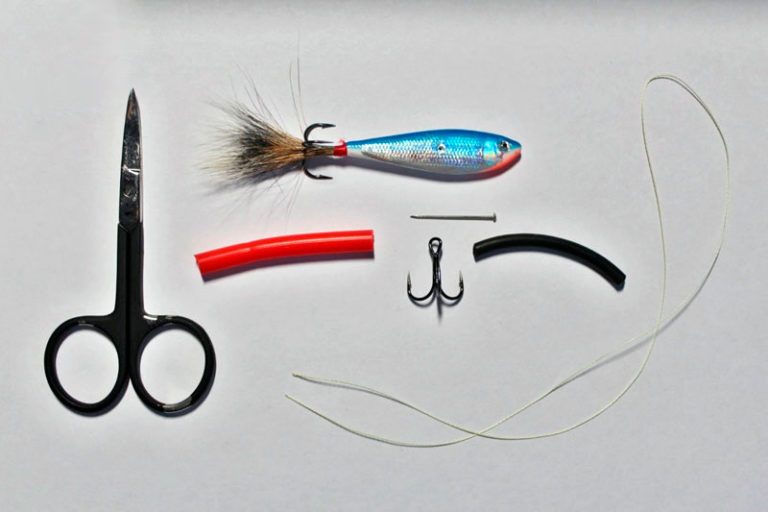

How to tie the amphibian to the tackle correctly
To use the amphibian effectively, you must be able to attach it correctly. To do this, you need to do the following:
- In the center of the bait there is a hole through which you need to thread the fishing line. It is inserted from the convex side. This is necessary in order to ensure the correct play of the bait.
- Next, it is tedious to thread the fishing line through a small bead.

- After that, it is threaded through the eye of the tee hook. Usually, one or two colored cambric is put on it before.
- The line can be tied with any knot that is convenient for the fisherman. The following is more often used. The line is threaded through the eye of the tee, then it is wrapped four times around the main part of the line. After that, the tip is passed through the loop of the fishing line and the knot is tightened.
To make the knot more durable, it must be wetted before tightening. And more about rigging tackle for an amphibian, how to assemble, set up, correct installation from the pros: https://youtu.be/-IGRPhMgP5s
How to fish on amphipods in winter – posting, fishing for zander and other fish
Fishing with amphipods will be effective if the bait is used correctly. To do this, you need to familiarize yourself with the requirements for its application.
General rules and features
In order to use this bait, you first need to choose the place where the fishing will take place. Usually, during the winter, the predator behaves passively, prefers to be in familiar places. Therefore, it is convenient to go fishing in a well-known reservoir. If the place is unfamiliar, then the use of an echo sounder will help to conduct a detailed study of the bottom. The favorite spots of predators are often located near snags or near underwater pits. If this is not possible, then you will have to drill holes in the alleged mining sites, and then fish them in search of prey.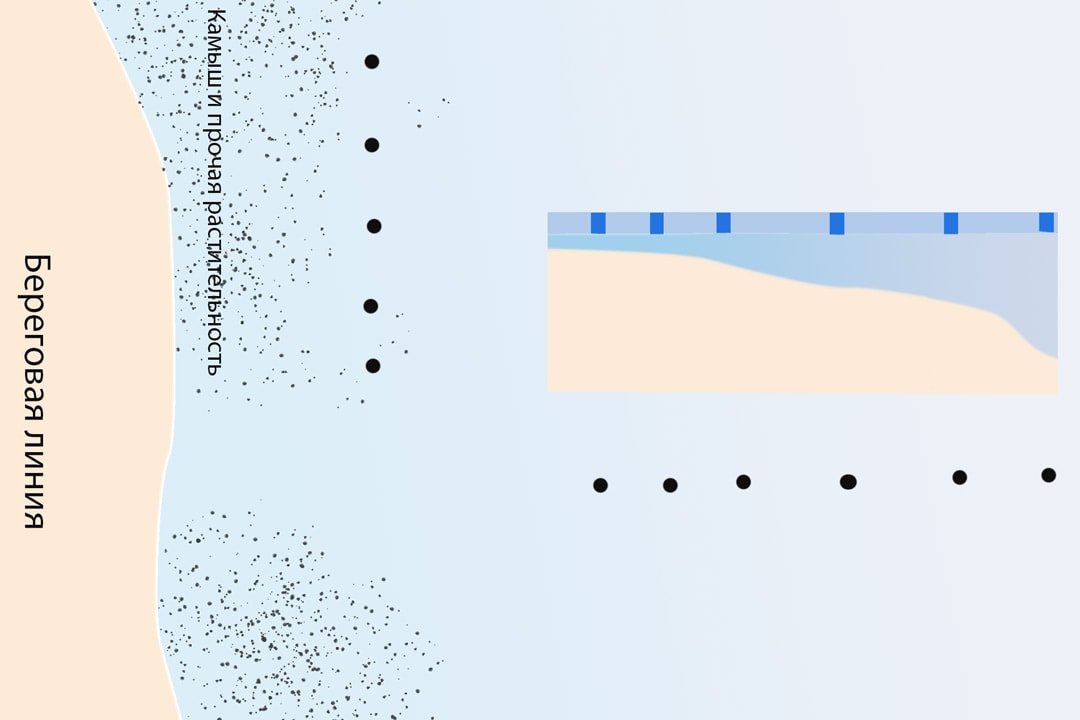

How to play amphibious
The technique of fishing with the help of an amphipod is as follows. First, the bait is lowered so that it touches the bottom. Immediately after that, it is raised by 30 cm. When it reaches the top point, it must be sharply lowered down. Several of these movements need to be done. It is recommended that the break between them is approximately equal to 8 seconds. Having made no more than 8 attempts, the fisherman will form his opinion about the hole. If a bite occurs, then it is worth continuing to fish. If not, you need to move on to the next hole. If biting occurs for some time and then stops, you need to drill holes at a distance of 2-3 meters from the selected one. It must be remembered that in winter the predator is not very active, therefore, in order not to miss a bite, you need to carefully monitor the fishing line. This wiring is considered classic, but other options may apply:
- The toss can be done not by 30, but by 10-12 cm. To determine the duration of the pause, the fisherman must experiment.
- Smooth movements are used to simulate the movements of the fry. They make the amphipod do zigzag movements, while swaying slightly.
Equipment for amphibious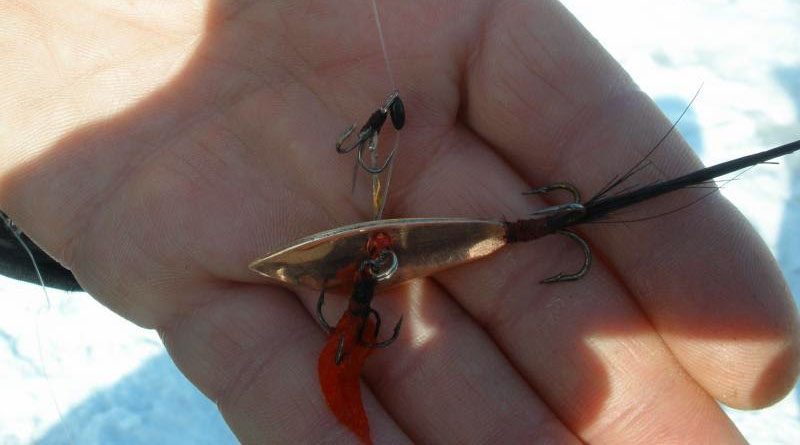
Catching walleye
When fishing for zander, it is important that the amphibian plays in such a way that it does not go out of sight of the fish. Where pike is not expected to bite, in this case it is possible not to use a leash. Sometimes, trying to grab the bait, he swallows not the hook, but another part of the amphipod. In this case, the bite signal will be false. The best time to catch this fish is in the evening. How to catch walleye on amphibious fish, playing with bait, used wiring – video: https://youtu.be/v2Z5saFumfo
Catching perch
The perch grabs this bait confidently and actively. He is attracted by sharp movements during the drive and a ragged pace of jerks. The best time to catch it is in the middle of the day. Perch often prefers to hunt in the coastal area.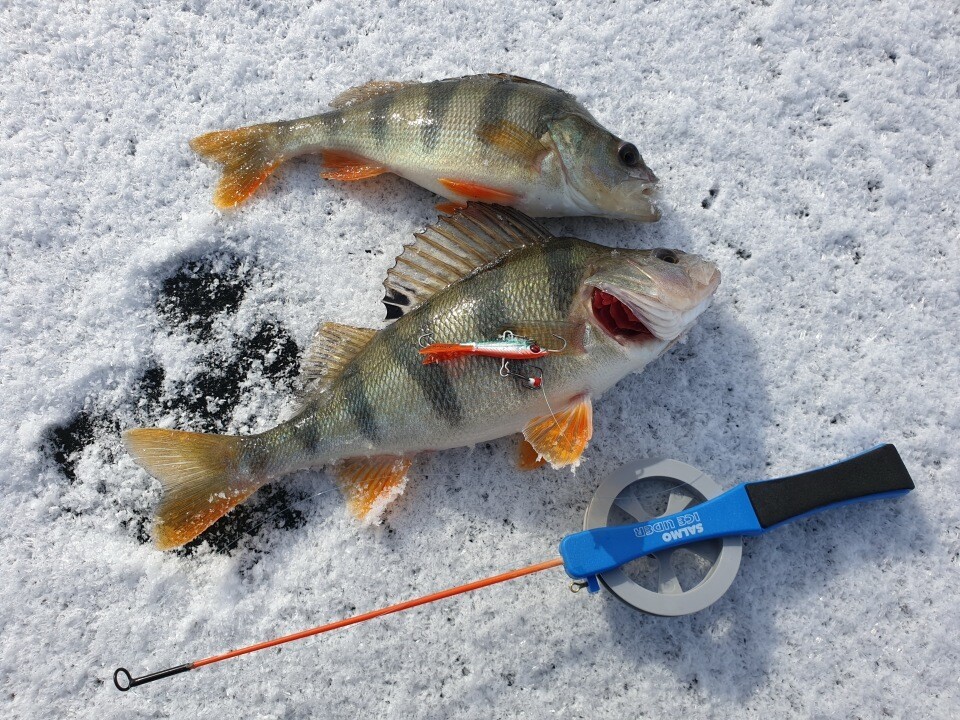
Pike fishing
Using the amphibian for catching a predator is sometimes more effective than using a balancer. For pike, you need to use a metal leash, which can bend under load due to the complex shape of the amphipod.
To reduce this effect, some people drill a hole in the center of the bait.
The pike likes the slow play of the bait with long pauses. If the fisherman does not use metal wires, the predator can easily cut them off. The best time for pike fishing is early morning. However, she may have a second period of activity in the middle of the day. For fishing, you need to choose a place where there are snags at the bottom, depth differences, pits and other surface anomalies.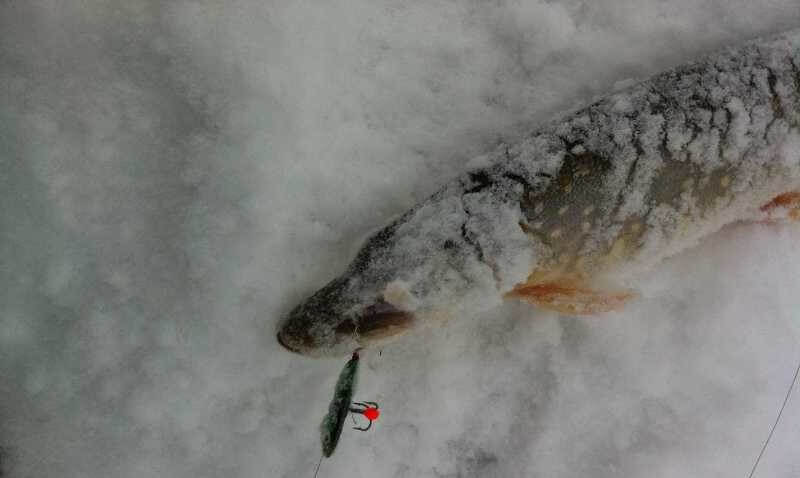
Catching bersh
Bersh is sometimes caught where you can find medium-sized pike perch. It can often be found in the channel zone, where it feeds on weakened tulka. The periods of activity of this fish are early morning and evening. Bersh loves slow wiring, as it imitates the behavior of his favorite prey. A good catch of this fish will be during morning fishing.
How to fish with amphipods in summer-autumn-spring in open water
The traditional use of amphipods is winter fishing. However, they are also used for open water fishing from a boat in a plumb line. At the same time, fishing begins with fishing in various places in order to determine the most catching ones. The bait is used according to the usual rules.
